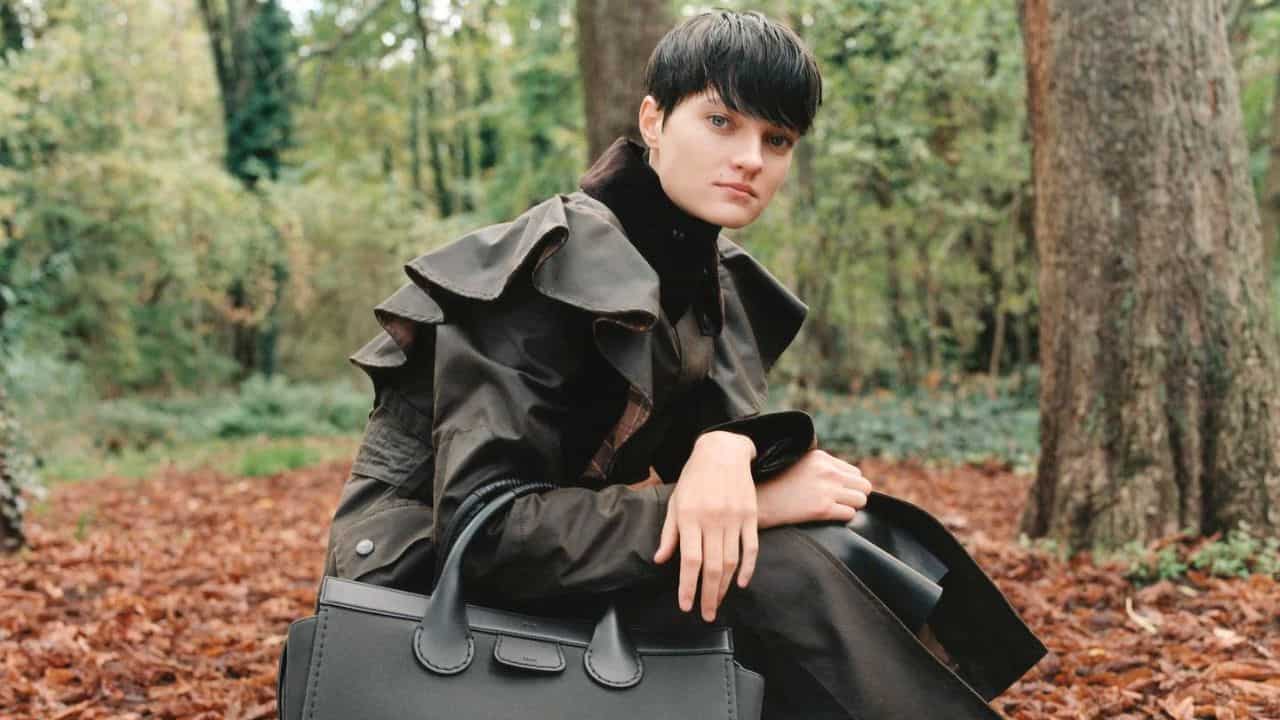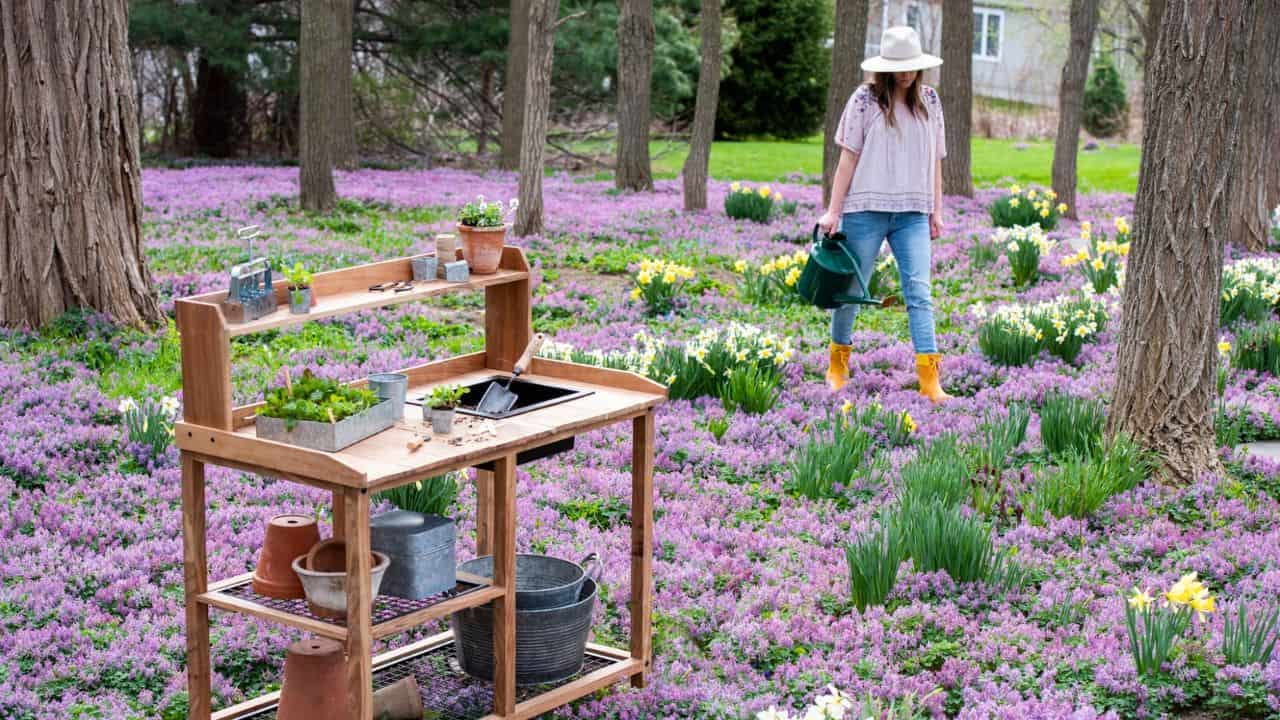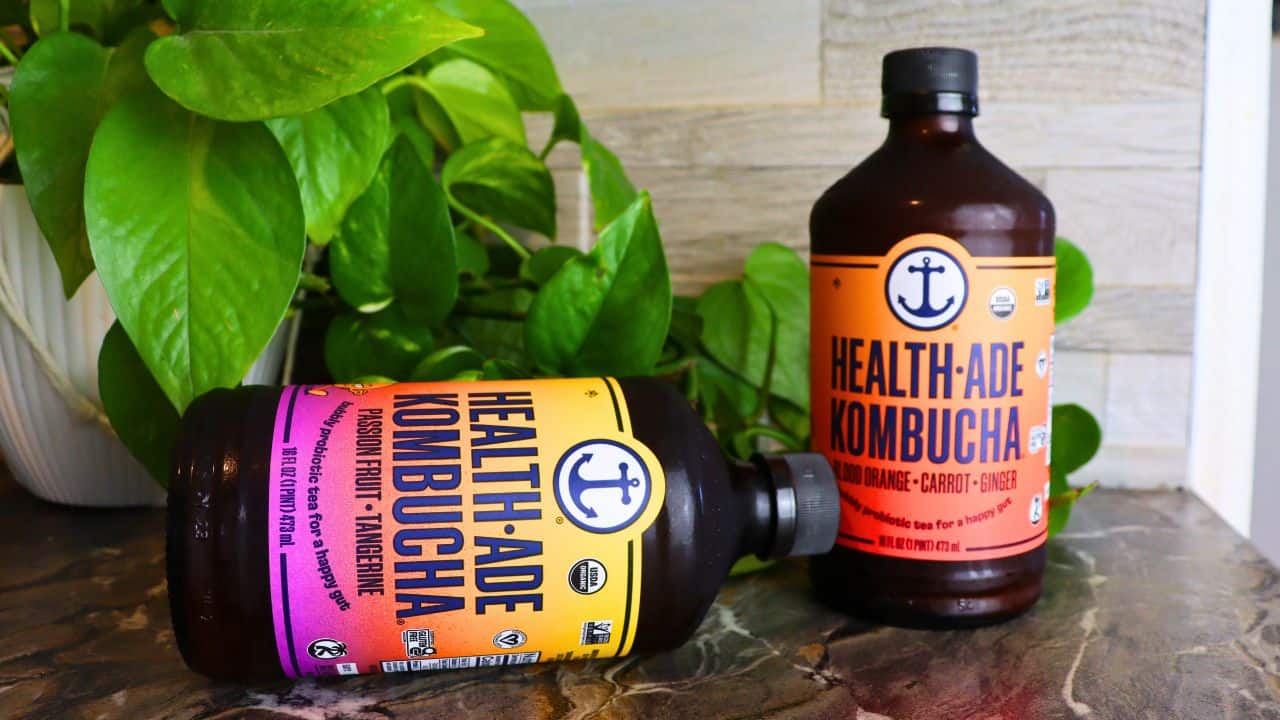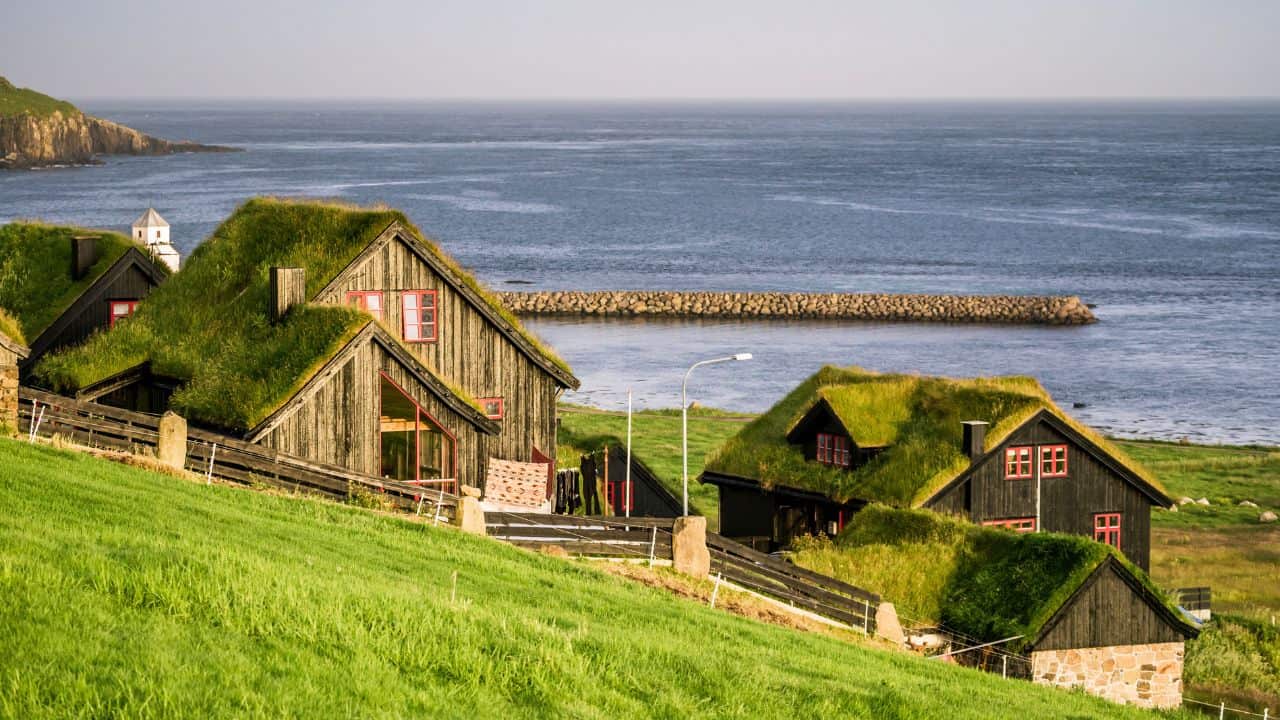Pittsburgh is your quintessential American city.
There’s the rivers straddled by enormous ironwork bridges (there are 446 in this ‘City of Bridges’) and there’s the PNC Park, an enormous baseball stadium right on the north shore of the city that could be right out of a plucky underdog team movie.
This is where Heinz was founded and where the Cheese Steak comes from. Sustainable living wouldn’t have been my first thought about Pittsburgh.
But those rivers? They’re now home to kayakers and SUPers just outside the city. The city is now woven through with bike lanes which not only make getting around the non-grid like city easy but they also extend out right out to Washington DC – 150 miles away.
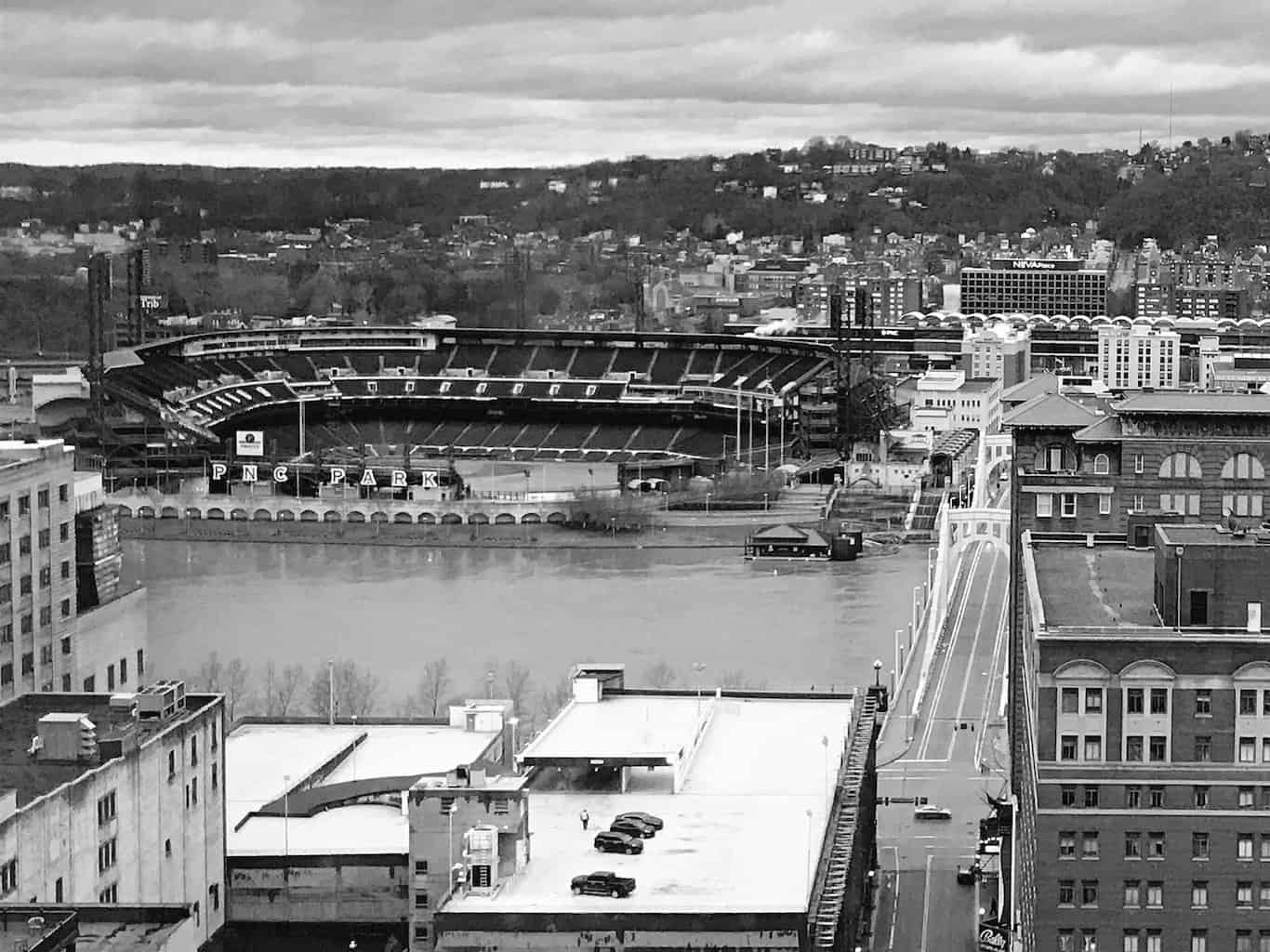
Visitors can hire bikes easily, pick up the Three Rivers Heritage route and explore 24 miles of river banks between the famous three water sources and Pittsburgh’s many hills.
A commitment to a greener future is part of the reason Pittsburgh was recently voted one of the most livable cities in the USA (The Economist).
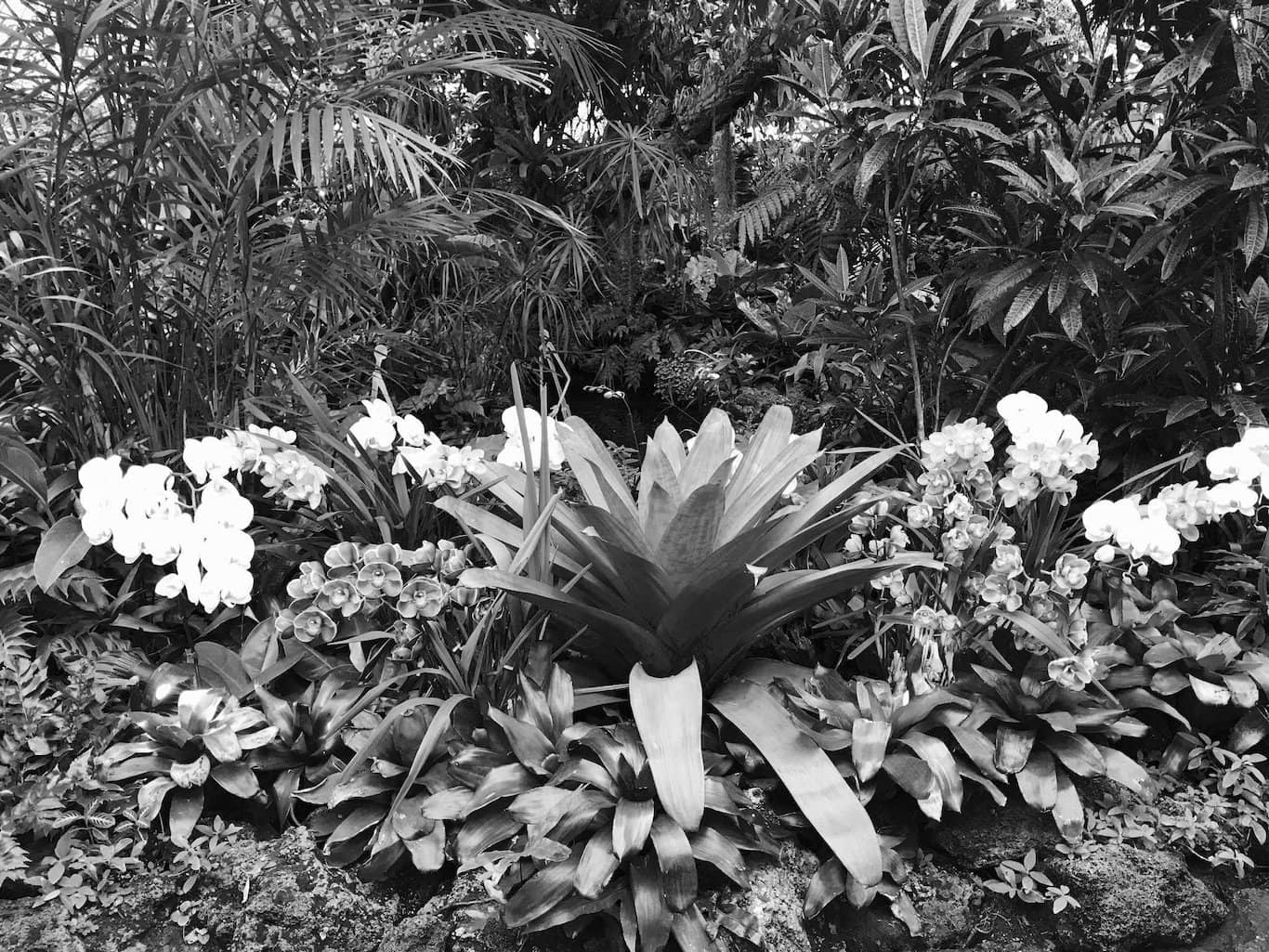
While a more polluting past might be behind it, Pittsburgh’s not done with industry yet – shifting its focus to work with blue chip tech companies who want to snap up the bright young things at one of the world class universities.
Uber, Facebook and Google have huge headquarters here, while Amazon is considering the city for its secondary headquarters.
That’s not to say the city’s abandoned everything about its sooty past.
The Phipps Conservatory and Botanical Gardens is a great example of how this industrious city is building on its engineering legacy and pivoting it towards a greener future.
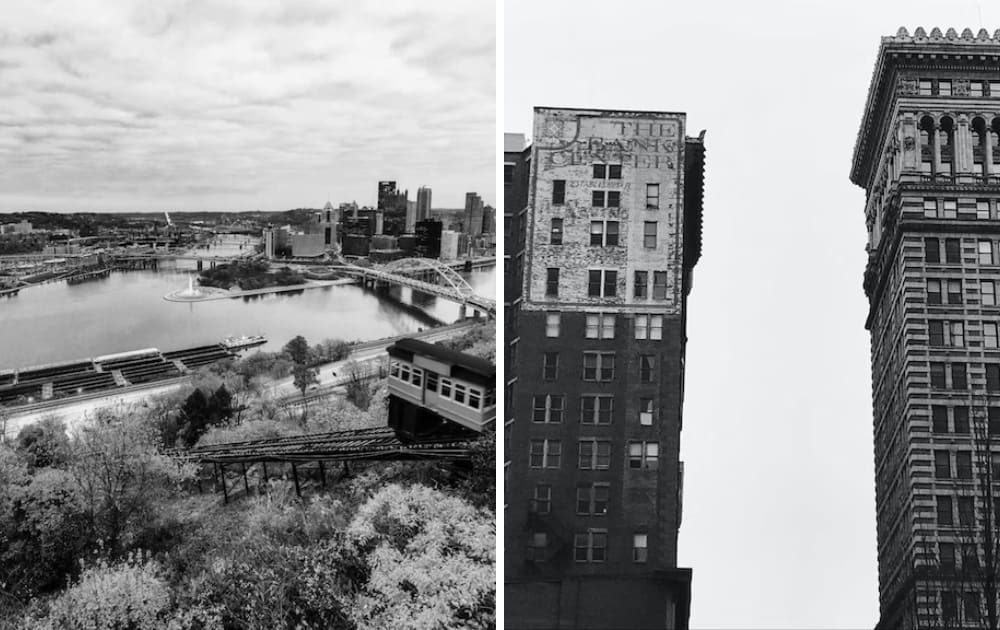
Originally built in 1893, the Phipps has one of the biggest botanical collections in the USA, some of its trees are rumoured to have come from the World Fair Chicago which happened in the same year. At the time the philanthropic gift from industrialist Henry Phipps was a small slice of green relief in a city full of factory smog.
Today Phipps is the beating heart of the green lungs of Pittsburgh in the historic Schenley Park.
The Victorian glasshouses are home to hundreds of rare orchids and succulents, but beyond the established greenery lies a more modern Tropical Forest Consveratory (themed around Cuba for the next few years). The 60-foot-high, 12,000-square-foot glasshouse is a lesson in modern architecture, using movable glass panels to heat and cool the building rather than relying on air con.
The conservatory is also home to one of the world’s only Living Buildings, the Center for Sustainable Landscapes, a certified centre that showcases what can be done when Big Data meets biophilic design. There are reed beds filtering sewage, bulrushes filtering water, innovative systems to monitor heat and light and it generates all of its own energy.
10 Ways To Make Your Ordinary House An Eco Haven
But it’s not just the plants that are impressive.
This is a botanical garden with extensive roots into the community, the welcome centre is bedded into the ground and LEED certified, the café here serves sustainable food, local brand sodas (without plastic straws) and Phipps runs programmes like Homegrown, which helps build veggie beds in disadvantaged neighbourhoods.
Over the road lie the University of Pittsburgh and Carnegie Mellon University campuses who often use Phipps as a real time lab for many green tech experiments.
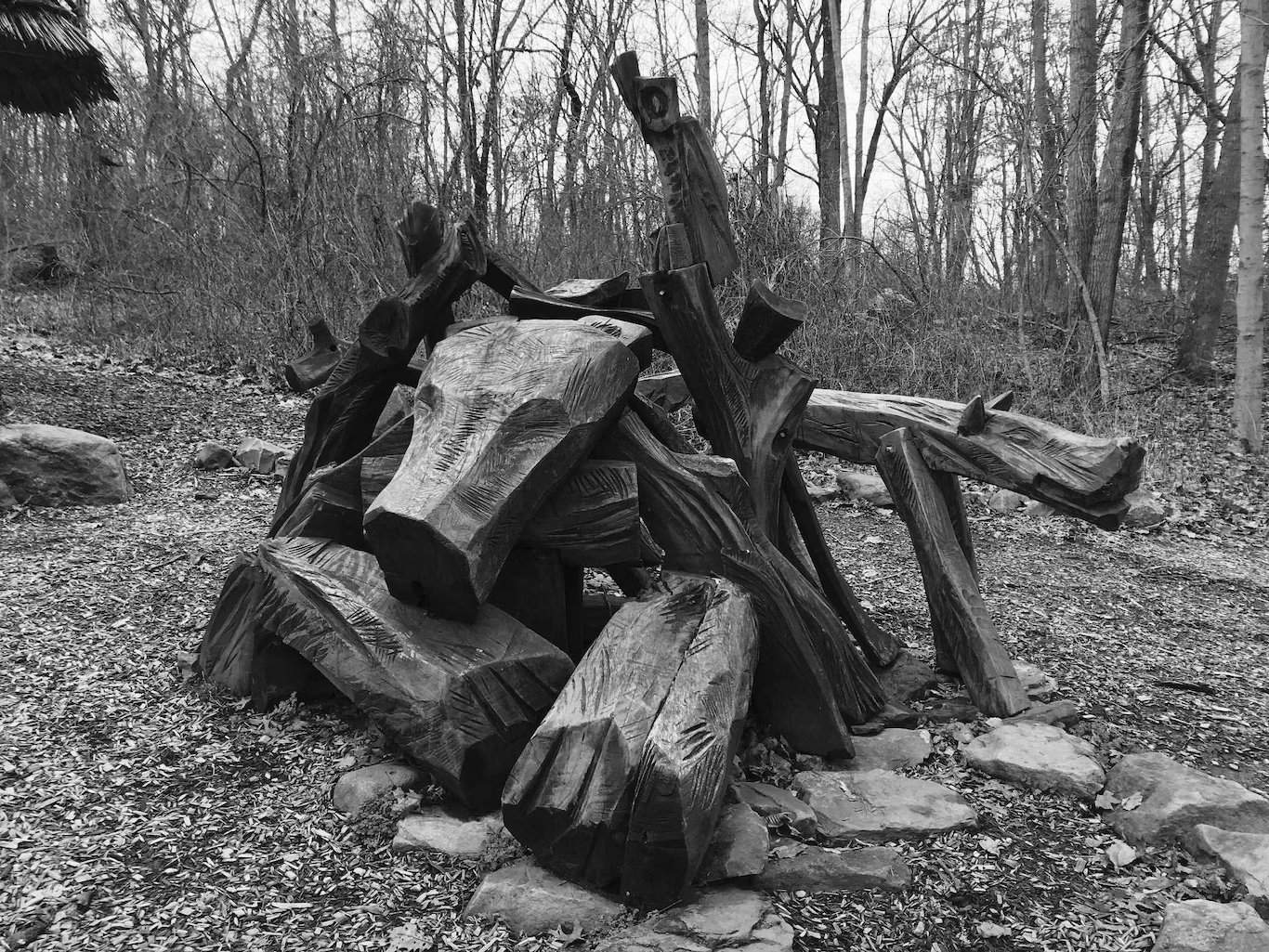
Another great example of projects turning Pittsburgh’s industrial heritage around, is the Pittsburgh Botanic Gardens (don’t confuse the two).
About 20 minutes drive from the city., this project is three years in. It has turned 60 acres of an old mining quarry into a stunning parkland, complete with ornamental Japanese garden, wildflower meadow and in the future will include a permaculture garden, vegetable garden and sensory garden for children.
It has another 400 acres to reclaim, so chances are each time you visit you’ll find an additional garden.
Back in the hilly city, a former mattress factory is now a cutting edge arts space (called…the Mattress Factory), former railroad warehouses are distilleries, urban breweries, art galleries and organic food stores and Pittsburgh’s gorgeous Victorian red brick architecture, built with the profits of the booming steel industry, is helping it stand apart from grid-locked, urban sprawl America.
“From the suited and booted hotel bell boys to the plaid wearing, bear-like bartenders, Pittsburghers seem honestly surprised and incredibly heartened to see international tourists”
But despite all of Pittsburgh’s regeneration projects, there’s a heart to the city that was forged and shaped in hard, dirty work.
There’s little coastal pretension, despite the fact Pittsburgh is now finding itself flooded with millennials keen to work for the tech giants.
Lawrenceville, has been rated by Lonely Planet as America’s best neighbourhood (and there’s certainly enough beards and craft beer bars to satisfy most hipster spotters) but from the suited and booted hotel bell boys to the plaid wearing, bear-like bartenders, Pittsburghers seem honestly surprised and incredibly heartened to see international tourists. (I was encouraged behind the bar for photos in the first local brewpub I dodged the spring rain in).
Tourists who do come out, discover that it’s not just that Pittsburgh’s been hiding in plain sight but that’s it’s also extremely well placed for a variety of outdoor activities.
Mountain bike trails, hiking paths and camping can be found in almost every direction from Pittsburgh but locals recommend the Laurel Highlands Trail, 70 miles of secluded forest or take a day trip to Raccoon Creek State Park, just 40 minutes from the city but home to six miles of hiking trails.
Over in Butler County, Pittsburgh seems a world away (although is less than an hour). Weatherboarded tiny towns dot the landscape, populated by historic European immigrants, local diners serve up the kind of bottomless coffee, eggs and bacon you see in movies and you seem never that far from a state park.
Or an alpaca farm – schedule a visit to the Alpaca Palace, a family run alpaca farms breeding show alpacas, that you can meet, stroke and fall in love with. (An alpaca farm is now in my retirement plan).
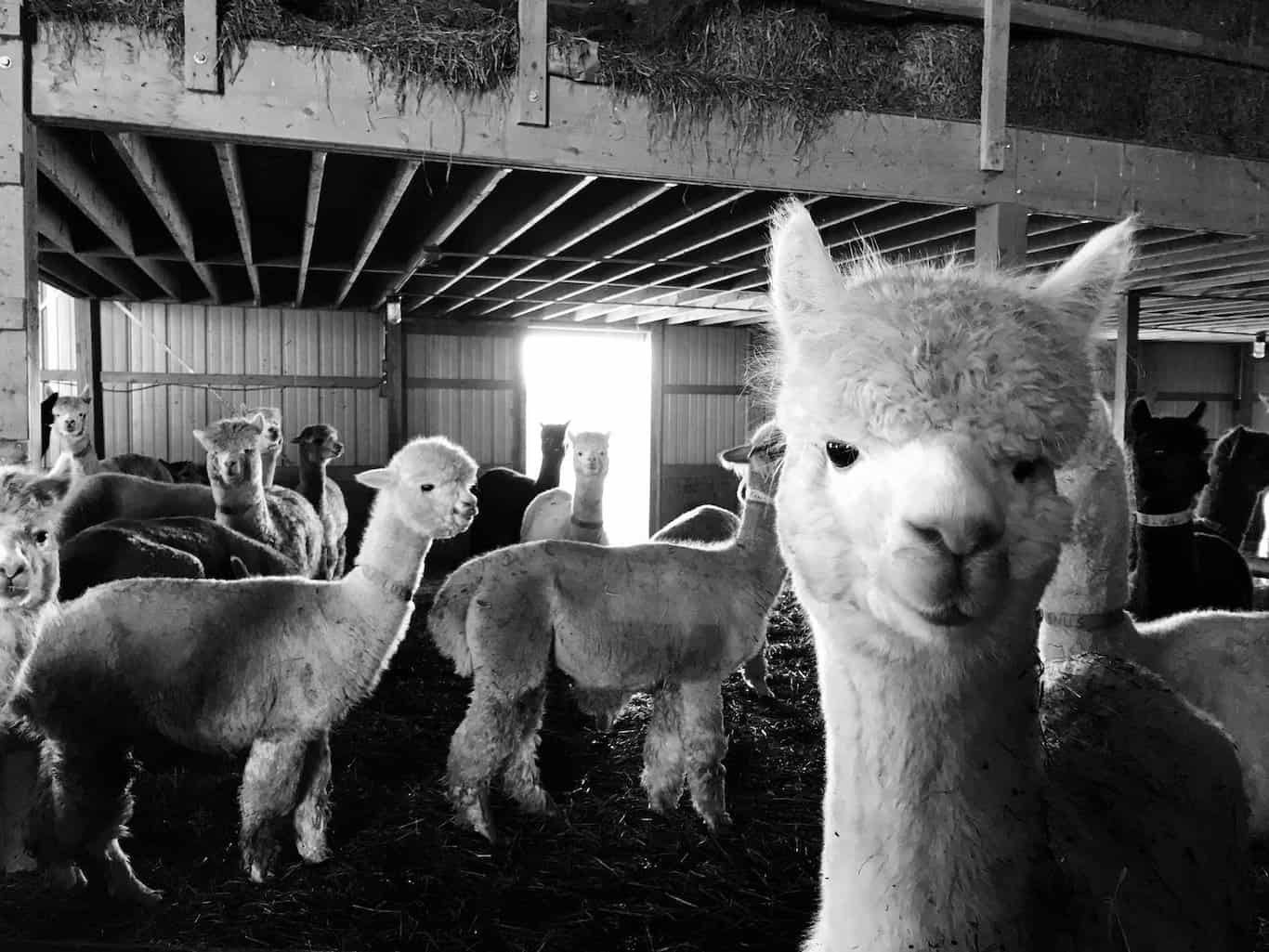
Out in Butler County, the sheer scale of America comes home to roost. Single farms straddle the horizon, red-slatted Dutch gable barns stud the landscape and the state parks seem to go on forever.
Moraine State Park has 71 miles of trails and 42 miles of shoreline around the enormous man-made Lake Arthur, it’s perfect for a lake picnic, take a boat out and fish or ride a bike, a horse, a snowmobile or camp out here in the peace and quiet. The Sunken Garden trail is an easy lakeside stroll that takes around 1.5 hours at a moderate pace. You’d never know this area was once strip mined and drilled for oil – it’s not just Pittsburgh, regeneration is in Pennsylvania’s blood it seems.
Compact city, wide open country, bike trails and local beer…now that’s my kind of place. Pittsburgh for the win.
Where to stay
Book into the Fairmont Pittsburgh in the Central Business District. Yes it’s a global brand but this is a LEED certified building with some of the greenest policies in the city, a decent cocktail bar and amazing views over the baseball stadium.
Where to drink
In Pittsburgh, pull up a bar stool at East End Brewing’s Taproom in the busy Strip District (not what you think). They brew around 35 seasonal, small batch beers a year which you can try with pints and tasting flights.
Where to eat
Union Standard in Pittsburgh hits the right spots between exciting food and an informal atmosphere. Bag a booth and tuck into the renowned raw seafood bar. The menu’s inspired by the Appalachian and American Northeast, with local ingredients and seasonal dishes. (I can recommend the Bacon wrapped monkfish with toasted pecans, braised green and Sea Island red pea vinaigrette).
Further afield, in Butler County, drop into historic (and possibly haunted), two storey Harmony Inn, in the tiny town of Harmony for enormous portions of homemade, German inspired dishes, with beers from down the road and ingredients from the fields around the town.
How to get there
WOW Air fly to Pittsburgh via Reykjavik daily from London Gatwick, five times a week from London Stansted and once a week from Edinburgh.
To find out more head to VisitPittsburgh.com.
Click here for carbon offsetting programmes that actually work.




